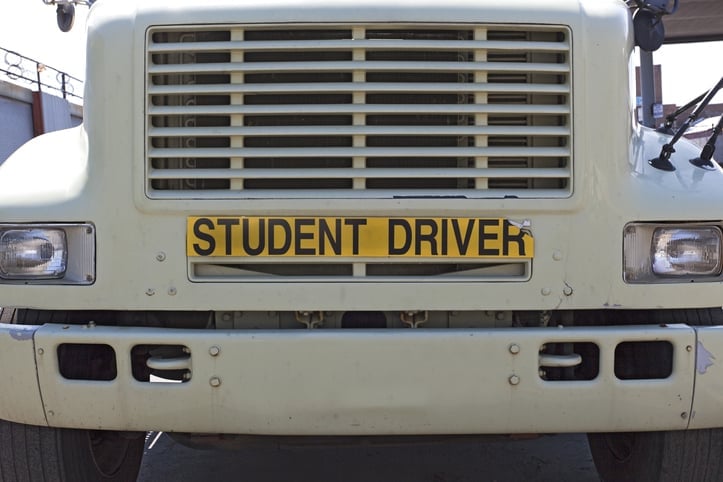The Federal Motor Carrier Safety Administration (FMCSA) is considering easing the commercial driver’s license (CDL) requirement for truck driver trainees. The proposal aims to address the current shortage of qualified truck drivers in the industry and make it easier for people to enter the profession.
What’s Being Proposed?
The FMCSA is proposing a rule that would loosen restrictions for its apprenticeship pilot program for 18–20-year-old drivers. The proposal, if approved, would allow these drivers in the program without holding a CDL, which is currently a prerequisite for younger drivers who wish to be trained by a carrier as part of FMCSA’s Safe Driver Apprenticeship Pilot.
The proposed rule would allow trainees holding a commercial learner’s permit (CLP) in the SDAP program so long as there is a valid CDL holder in the passenger seat as they drive. This would give them valuable experience and help them meet the minimum requirements for obtaining a CDL.
Why is this being considered now?
A recent request from LTL carrier Pitt Ohio asking that the CDL restriction be lifted for its trainee drivers has prompted the FMCSA to consider lifting the restriction for all carriers that want to register for the program.
“If granted, Pitt Ohio believes it would have less difficulty recruiting drivers to participate in the program,” the agency said in a recent notice.
“FMCSA also seeks comment on whether this exemption should be limited to Pitt Ohio, or whether it should be drafted to apply to any SDAP program participating motor carrier that is currently listed as a certified training provider for purposes of the [regulations], or that enters into a partnership with a certified training provider.”
Pitt Ohio estimates 25 CLP holders would operate under the exemption per year.
As it currently stands, the number of participants in the program is “far short of the up to 3,000 apprentices that the federal government was initially seeking says Tim Kordula, who runs Karl’s Transport Commercial Drivers CDL Training School. Given this information, Kordula feels the FMCSA’s proposal to ease the SDAP requirements does not come as a surprise.
As an early participant in the program, Kordula is a big supporter of the exemption Pitt Ohio is seeking.
“I know they have a training facility so they already have the students in class as we do, so this would be a huge plus to enroll them while still holding the CLP to get the jump-start on the SDAP,” Kordula told FreightWaves. “I think it would be a huge benefit for the program if FMCSA broadened the exemption for everybody.”
Why It Matters?
The trucking industry has been experiencing a shortage of qualified drivers in recent years. With an aging workforce and increased demand for goods transportation, there simply aren’t enough drivers to meet demand.
By easing the CDL requirement for trainees, the FMCSA hopes to encourage more people to enter the profession and fill this gap. This could also help address some of the safety concerns associated with inexperienced drivers by giving them more opportunities to gain hands-on experience before driving solo.
Potential Concerns
While many in the industry support this proposal, some have raised concerns about potential safety risks associated with allowing inexperienced drivers on the road – especially if the experienced driver is unable to provide proper guidance.
Additionally, some organizations argue that simply easing regulations won’t solve the underlying issue of driver shortages in the long term. Instead, they suggest focusing on improving working conditions and pay rates to attract more people into the profession.
The proposed rule by FMCSA represents an effort by regulators to address ongoing issues related to driver shortages in the trucking industry. While there are concerns about potential safety risks associated with easing CDL requirements for trainees, this approach could also offer significant benefits by providing more opportunities for new drivers entering into this field.
Ultimately, it will be up to stakeholders across all aspects of this industry – from regulators and employers down through individual drivers themselves – to work together towards finding solutions that balance safety with practicality when it comes to meeting our freight transportation needs.
Source: FreightWaves








